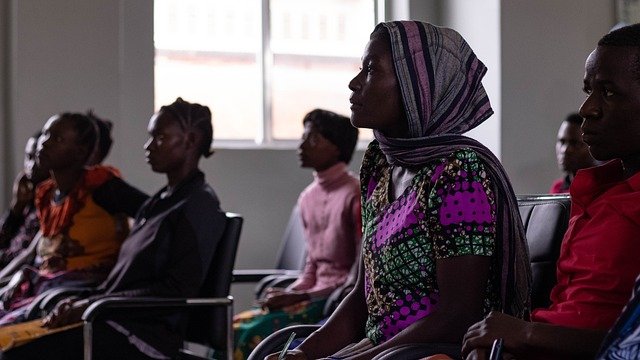Grassroots Initiatives That Strengthen Local Resilience
Grassroots initiatives play a central role in strengthening local resilience by connecting neighbors, identifying local needs, and building adaptive capacity across demographics. This article examines how community-led efforts address migration, inequality, diversity, aging, urbanization, housing, and mental health while fostering inclusion and civic participation.

Grassroots initiatives play a central role in strengthening local resilience by connecting neighbors, identifying local needs, and building adaptive capacity across demographics. Community-led projects can address migration, inequality, and demographic shifts while promoting inclusion, mental health supports, and economic opportunities. This article examines practical strategies and examples for communities worldwide to bolster resilience through local collaboration and civic engagement.
How can community projects support inclusion and civics?
Community projects often start with small, regular activities: neighborhood meetings, shared gardens, and civic workshops. These activities promote inclusion by creating accessible spaces for residents to participate in decision-making and local problem-solving. Civic engagement programs that train volunteers in facilitation, local budgeting, and advocacy help translate community voices into policy influence. When organizers prioritize diverse outreach—language access, flexible meeting times, and partnerships with local schools or faith groups—projects become more representative and sustain engagement across ages and backgrounds.
What role does migration play in local resilience?
Migration reshapes local demographics and can introduce both challenges and strengths. Grassroots groups that welcome newcomers through mentorship, language exchanges, and employment networking turn migration into an asset. Programs that pair long-term residents with recent arrivals for cultural sharing reduce social friction and build mutual support systems. By intentionally integrating migrants into volunteer programs and local planning, communities expand their skill base and social capital, increasing ability to adapt to shocks and long-term change.
How do initiatives reduce inequality and support employment?
Local initiatives targeting inequality often combine skills training, social enterprises, and cooperative employment models. Initiatives such as worker cooperatives, job mentorship programs, and community-supported enterprises create pathways to stable work while retaining local control. These models prioritize fair wages and reinvestment into the neighborhood, supporting both short-term income and long-term economic resilience. Collaboration with vocational schools and local employers helps align training with market needs, improving outcomes for marginalized groups.
How does diversity and culture contribute to resilience?
Diverse communities possess varied perspectives, skills, and networks that are valuable during crises. Cultural initiatives—festivals, language classes, storytelling projects—help maintain social cohesion and identity. When grassroots efforts celebrate cultural diversity and create cross-cultural platforms, they reduce social isolation and enhance trust. Cultural resilience programs can also support local mental health by preserving traditions that foster belonging, reducing stigma, and creating shared narratives that help communities recover and rebuild after disruptions.
How can aging populations be supported through local action?
Aging demographics require targeted local strategies to maintain independence and social connection. Grassroots solutions include volunteer-based outreach, intergenerational programs, and home-adaptation cooperatives that enable older residents to remain in place. Initiatives that coordinate with health and social services to provide transportation, meal-sharing, and neighborhood check-ins reduce isolation and health risks. Engaging older adults as mentors and civic participants leverages their experience while reinforcing community networks that benefit all residents.
How does housing and urbanization affect grassroots resilience?
Urbanization and housing pressures change neighborhood dynamics and resource access. Grassroots housing cooperatives, land trusts, and tenant unions offer community-driven pathways to affordability and stability. Local planning forums and community design workshops allow residents to influence development in ways that preserve social infrastructure. Combining housing initiatives with supportive services—legal aid, financial counseling, and community land stewardship—helps mitigate displacement and maintains the relational networks that underpin resilience.
Conclusion Grassroots initiatives strengthen local resilience by weaving networks of mutual aid, civic participation, and practical services tailored to shifting demographics and urban pressures. Whether addressing migration, inequality, diversity, aging, mental health, or housing, community-led strategies build adaptive capacity through inclusion, local leadership, and cooperative models. Sustained resilience relies on accessible engagement, cross-sector partnerships, and preserving the cultural and social ties that enable communities to respond to both immediate crises and long-term change.





